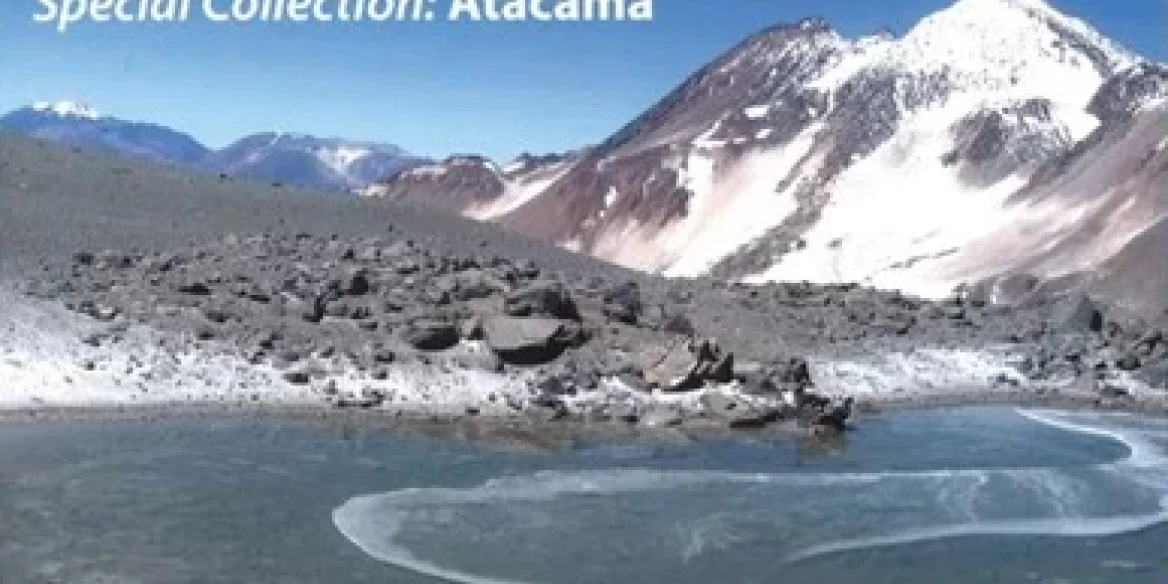Could there be liquid water on Mars in the past, and could it emerge even today? What kind of collisions transformed the minerals found in meteorites? And where should the joint NASA-ESA lunar CLPS probe land to be able to drill into ice at the lunar poles? The Astrophysics and Geochemistry Laboratory Research Group connects remote sensing spacecraft based data and ground based laboratory measurements, partly to plan the work of next spacecrafts. The research group contributes to the preparation of the Comet Interceptor, the HERA, the formerly planned ExoMars rover, and the joint NASA-ESA CLPS mission to the Moon. In collaboration with the European Astrobiology Institute, our members also conduct field tests and research works in extreme environments like desert, arctic, and mountainous locations, to better understand the surface conditions of Mars and the processes taking place there.
The webpage of the group can be found here.
Two important results:
1. Investigations of the Hungarian Csátalja meteorite
Gyollai, I., Kereszturi, Á., Chatzitheodoridis, E., et al.: Formation and shock impact history of the Csatalja ordinary chondrite, Meteoritics and Planetary Science, 58, 2, 2023
https://onlinelibrary.wiley.com/doi/abs/10.1111/maps.13931
Moderately elevated: up to 10 GPa pressure and 1200 Celsius temperature values were identified from the mineral analysis of the Csátalja meteorite, found in Hungary. Based on the laboratory analysis the given meteorite was situated in the shallow subsurface and impact fragmented region of its parent body earlier.
Microscopic image mosaic of the analyzed Csátalja meteorit sample (source: Gyollai et al. 2023).
2. Mars-relevant site in the Atacama desert
Kereszturi, Á., Aszalós, J. M., Heiling, Zs. et al.: Cold, Dry, Windy, and UV Irradiated: Surveying Mars-Relevant COnditions in Ojos del Salado Volcano (Andes Mountains, Chile), Astrobiology, Astrobiology, 20, 677, 2020, https://www.liebertpub.com/toc/ast/20/6
The special issue of the journal Astrobiology edited by one colleague of our astronomical institute presents a new potential Mars analogue area on the Earth. The regions above 5000 m altitude of the Ojos del Salado volcano near the Atacama desert holds ephemeral water flows, buried snow packs, UV radiation and wind eroded boulders in a dry area, together with freezing-melting related subsurface characteristics, to better understand the conditions and processes on Mars.
Cover page of Astrobiology, 2020, Special issue, Guest Editor: Ákos Kereszturi


